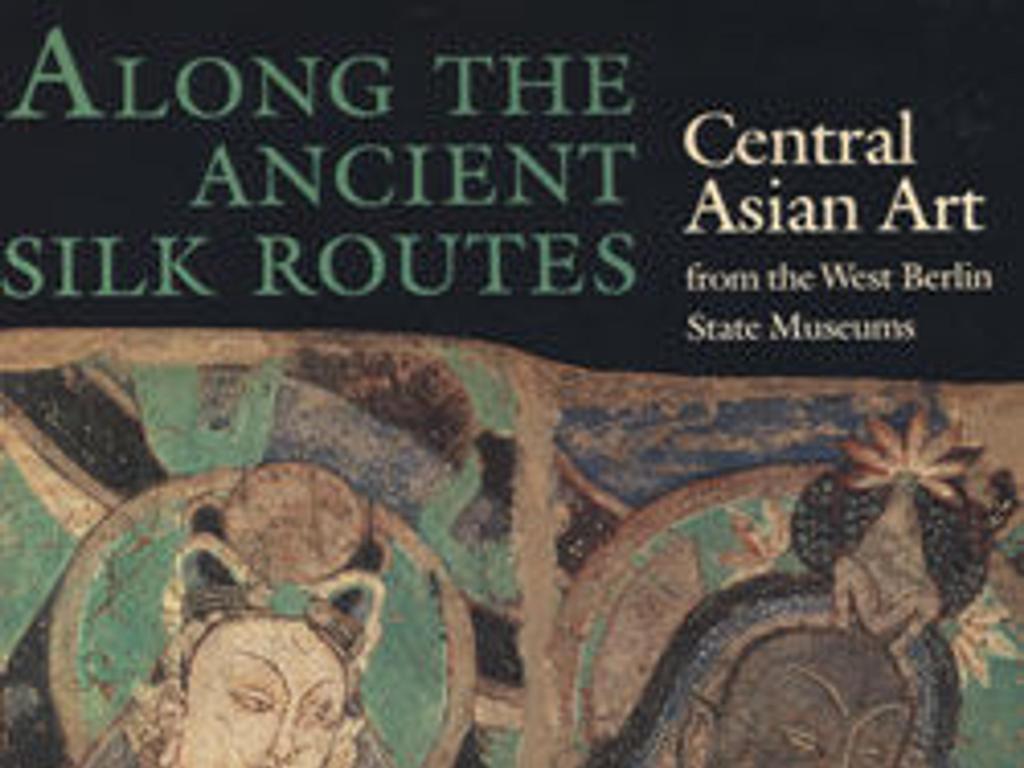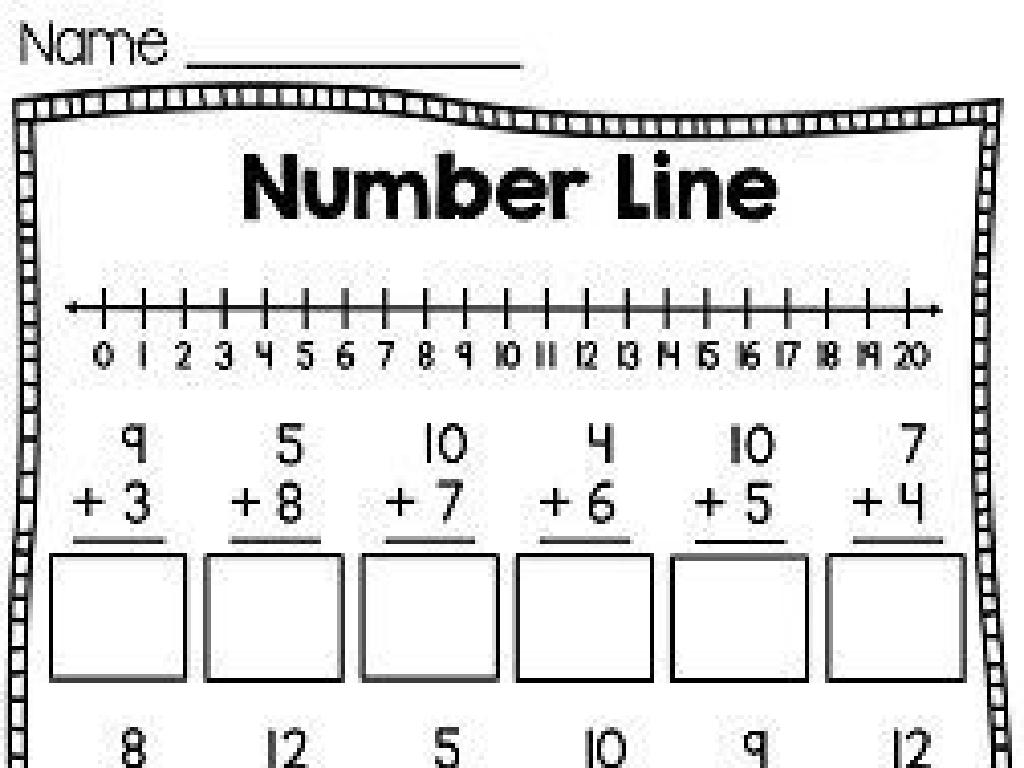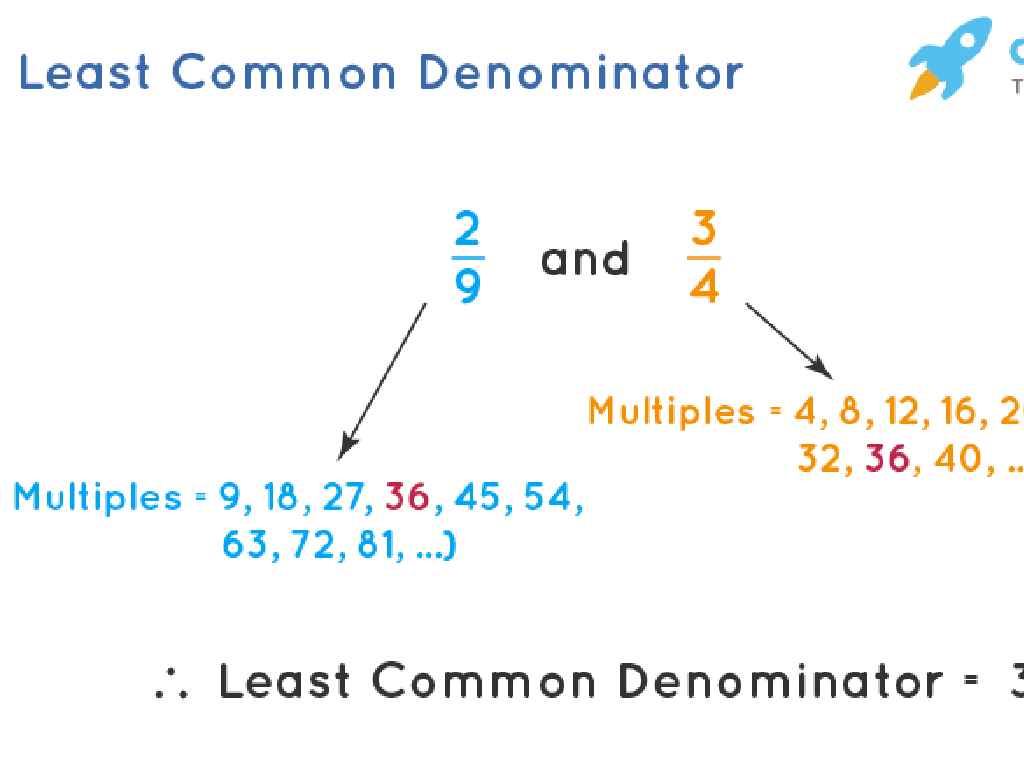How Do Gray Squirrels Change The Forest To Meet Their Needs?
Subject: Science
Grade: First grade
Topic: Ecosystems
Please LOG IN to download the presentation. Access is available to registered users only.
View More Content
Squirrels and the Forest Ecosystem
– Gray squirrels in the forest
– Furry gray squirrels live in the forest and are fun to watch!
– Squirrels’ homes: nests & tree hollows
– They build nests called ‘dreys’ or live in hollow parts of trees.
– Squirrels help grow new trees
– When they bury nuts and forget them, these can grow into new trees!
– What is an ecosystem?
|
This slide introduces first graders to the concept of ecosystems through the lens of gray squirrels. Explain that an ecosystem is a community of living things, like plants and animals, interacting with their environment. Show how squirrels are an important part of their forest ecosystem. They build nests for homes and sometimes forget where they bury their nuts, which can then grow into new trees, helping the forest. This is a great way to show the role of animals in an ecosystem. Encourage the children to think about other animals and how they might affect their surroundings.
Meet the Gray Squirrel
– Gray squirrels live in forests
– They have bushy tails
– Their tails help them balance
– Love climbing trees
– They can jump from tree to tree
– What color are they?
– Let’s discuss their color
|
This slide introduces the gray squirrel to first graders, focusing on its habitat and physical characteristics. Emphasize that gray squirrels make their homes in the forest and are known for their distinctive bushy tails, which help them balance on branches. Highlight their agility in climbing and leaping between trees. Engage the class by asking them about the color of gray squirrels, encouraging them to observe and recall information. This interaction helps students connect the lesson to real-life examples and reinforces their understanding of animal adaptations in their ecosystem.
Squirrels and Trees: Forest Friends
– Squirrels bury acorns in the ground
– Like little gardeners, squirrels hide their acorn seeds in the soil
– Some acorns become new trees
– Forgotten acorns sprout into oak trees
– Squirrels help the forest grow
– This is how forests change
|
This slide introduces the symbiotic relationship between squirrels and trees within a forest ecosystem. Explain to students that squirrels gather acorns, which are seeds from oak trees, and bury them in the ground to eat later. However, squirrels often forget where they’ve buried some of their acorns. These forgotten acorns can then grow into new oak trees, helping the forest to expand and thrive. This natural behavior of squirrels is an excellent example of how animals can influence their environment and contribute to the ecosystem. Encourage the children to think of squirrels as helpers in the forest, planting trees without even knowing it.
Squirrel Homes in the Forest
– Squirrels make nests called ‘dreys’
– Dreys are made of twigs and leaves
– Dreys are high up in trees
– It’s like a treehouse for squirrels
– Safe from predators and weather
– Being high up keeps them safe and dry
– Why build homes up high?
|
This slide introduces students to the concept of how gray squirrels adapt to their environment by building homes called ‘dreys’ out of natural materials like twigs and leaves. These homes are strategically placed high up in trees to offer protection from predators and harsh weather conditions. Encourage the students to think about the reasons squirrels might choose such a location for their homes, prompting them to consider safety and the environment. This discussion helps students understand the relationship between animals and their habitats in an ecosystem. You can further this lesson by asking students to imagine what it would be like to live in a tree and what advantages this might have.
Squirrels Help Our Forests Grow!
– Squirrels bury seeds in the ground
– Like little gardeners, squirrels hide seeds, which can grow into new plants.
– Seeds grow in new places
– When seeds sprout, they become new plants far from the parent plant.
– More plant types make forests healthy
– Different plants support a variety of forest life.
– A healthy forest is home to many animals
– Animals need plants for food and shelter; more plants mean more happy animals!
|
This slide aims to teach first graders how gray squirrels contribute to the ecosystem by acting as seed spreaders. Explain that when squirrels bury seeds, they are not just hiding their food for later, but also planting seeds that can grow into new plants. This activity helps the forest to have a variety of plants, which is important for a healthy ecosystem. A diverse range of plants provides food and homes for many different animals. Encourage the children to think of squirrels as helpers in the garden of the forest. You can also plan an activity where children pretend to be squirrels and ‘plant’ seeds in different areas of the classroom or schoolyard to understand how squirrels help in spreading seeds.
Squirrels and Forest Friends
– Squirrels live with many animals
– Like birds, bugs, deer, and rabbits
– They are part of a forest community
– Animals in forests depend on each other
– Like a big family sharing their home
– Think of other forest animals
– Can you name some animals friends?
|
This slide introduces the concept of ecosystems by focusing on the community of animals within a forest, emphasizing the interdependence among them. Squirrels are used as a relatable example to show that they share their habitat with a variety of other creatures. The slide encourages students to think about the different animals that might live in the same environment as squirrels, fostering a discussion about biodiversity. Teachers should prompt students to consider how these animals might interact with each other and how they collectively contribute to the forest ecosystem. This can be an interactive part of the lesson where students can raise their hands to suggest other animals that might live in the forest and discuss how they all live together.
Class Activity: Let’s Be Squirrels!
– Pretend to be squirrels in class
– ‘Bury’ your paper acorns
– Choose a hiding spot in the room
– Try to find classmates’ acorns later
|
This activity is designed to give students a hands-on experience related to how gray squirrels interact with their forest ecosystem by hiding (burying) acorns. Before starting, explain to the students how squirrels gather acorns and bury them for later use, which can lead to the growth of new trees. Provide each student with a paper acorn and have them write their name on it. Then, allow them to find a spot in the classroom where they can ‘hide’ their acorn. After everyone has hidden their acorn, organize a fun search where students try to find the acorns hidden by their classmates. This activity will help them understand the role of squirrels in seed dispersal and forest change. Possible variations of the activity could include using different colored acorns to represent different types of seeds, discussing what might happen if some acorns aren’t found, or even planting actual seeds in a small pot of soil to observe growth over time.
Squirrels Help the Forest
– Squirrels are forest helpers
– They plant trees by burying nuts
– Sometimes they forget where they buried nuts, which can grow into new trees!
– Squirrels make homes in trees
– They build nests called ‘dreys’ high up in the branches
– Animals shape their homes
– Think about how birds build nests or beavers build dams
|
As we conclude, it’s important to recognize the significant role gray squirrels play in the ecosystem. By burying nuts, they inadvertently contribute to the growth of new trees, which is vital for the forest’s health. They also create homes for themselves, known as dreys, which are nestled high up in the tree branches, providing safety from predators. Encourage the students to think about other animals and how their actions might help change and shape the forest. This could be birds building nests or beavers constructing dams. This discussion helps students understand the interconnectedness of all living things within an ecosystem.






